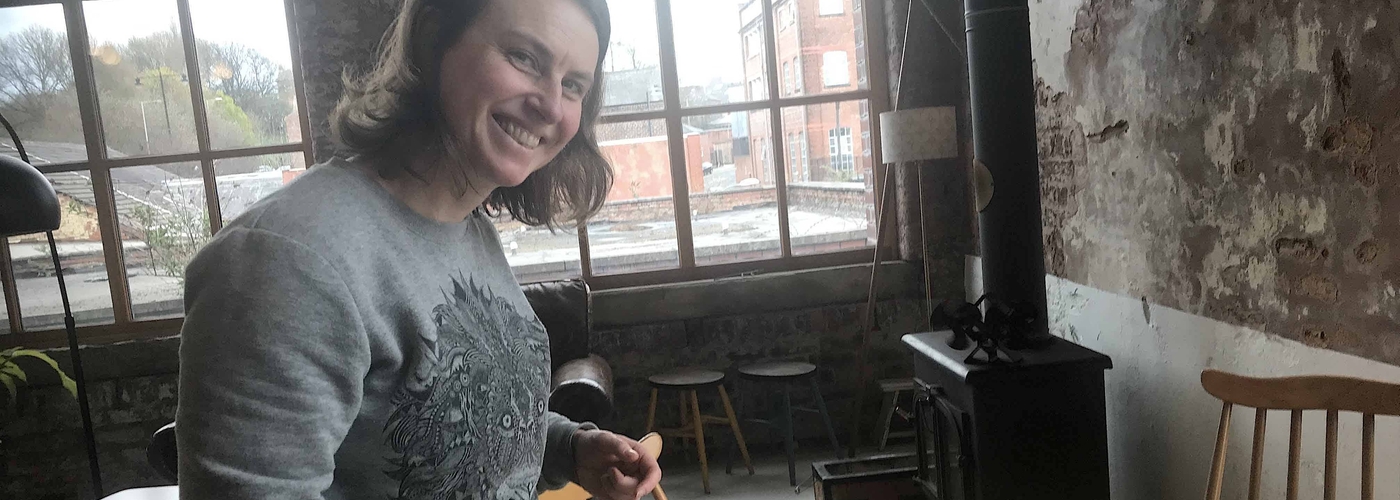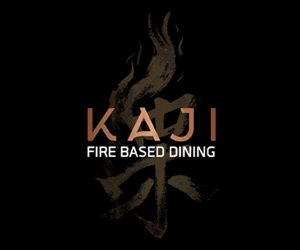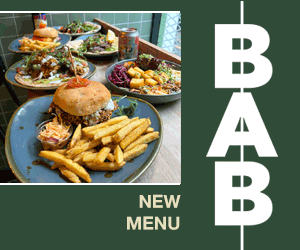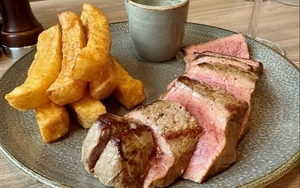Meet Caroline Dubois, Sommelier and General Manager at Stockport’s Where The Light Gets In
ORIGINALLY from Québec, 39-year-old French Canadian Caroline worked in Montreal restaurants for ten years before touring the UK, Europe and America with her art practice, sampling natural wine bars while on tour. When she settled in the North West with her two young kids, she says: "There was not a single restaurant I’d have worked for in Manchester back then. Then Where The Light Gets In opened – it was different. I contacted the owner, Sam Buckley, and started there immediately."
What say do you have in choosing the wine list?
I have carte blanche for choosing. We don’t really have a list but encourage people to go with the pairing. We take customers to the cellar and we talk together about what is possible, what they are looking for, how they feel, and I recommend something. The criteria is ethical, high-quality and diverse wines.
Natural wine is about life. It is about caring for the soil, the grapes and for the life existing in the vineyard
In a changing wine world, which are the up-and-coming regions? What is best value?
I specialise in the Old World. One of my favourite regions is Le Jura in France. Located between Burgundy and Switzerland, it is producing characterful wines, from delicate Pinot Noir to oxidative Vin Jaune. There is an English expression: 'if it’s not broken don’t fix it.' That’s right for Le Jura because their small producers never really changed their way of making wine. Good value is a fair price for the winemaker in relation to their hard work and labour.
Natural and orange wines are increasingly high profile. What are your feelings?
Natural wine is about life. It’s about the way we are in this world and our relationship with the wild life, encouraging biodiversity and engaging with the specificity of where we are (terroir). It is about caring for the soil, the grapes and for the life existing in the vineyard. It’s not about getting a fixed product.
It’s said women have better palates than men. Is that the case?
Oh, I don’t know about that. Better palates come from experiencing the world and our own memory of it. Certainly not from tasting the same thing over and over again, but by opening our curiosity. I would say in French, ‘Manger le monde à grande bouche’, which could translate as, ‘Eat the world in big bites.’
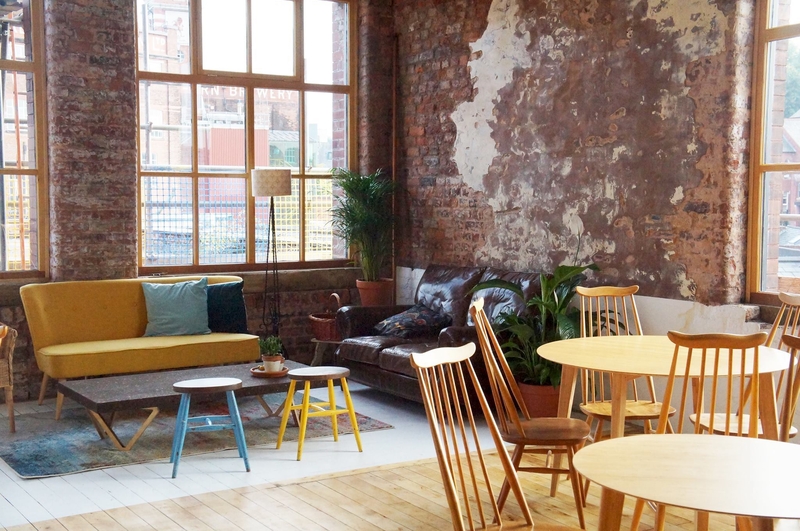
Give us an entry-level recommendation from the WTLGI wine list.
Pet’ Sec, 2017, Les Capriades, Loire (£10 a glass, £60 a bottle) is a fascinating sparkler made by Pascal Potaire out of Chenin Blanc, Chardonnay and Menu Pineau. It’s made without dosage (added sweetness) and in this case with no sulphur dioxide. The juice is simply bottled before the fermentation is finished so the carbon dioxide comes from the end of the process and is trapped in the bottle. That can be tricky but Les Capriades produces well-balanced wines.
And one at the high end…
Joiseph BFF, 2017, Burgenland, Austria (£66, also by the glass), is made from 100% Blaufränkisch grapes grown on limestone soil (like Les Capriades) close to the Hungarian border. The winemaker Luka Zeichmann is so connected to nature that farming organically and making wines with the least possible intervention is a complete way of living. This red was fermented in steel for ten days before pressing, then transferred into 500-litre and 600-litre barrels, where it spent around twelve months with no racking until just before bottling.
Name a less familiar wine you’d encourage customers to try from your list.
Trish Nelson produces her Gazzetta, Bianco GO5, 2017, Bolsena, Lazio, Italy (£54, also by the glass) from Procanico and Ansonica grapes in a soil that’s a mix of volcanic ash and sand. The grapes were fermented for three weeks on skins, creating an orange wine, before being pressed off to a chestnut barrel for a year. Italy is where globetrotting Trish finally settled, learning from its natural winemakers. In the vineyard she works organically, employing herbal teas from nettle, dandelion, willow and chamomile. You can taste her joyful energy in her wines.
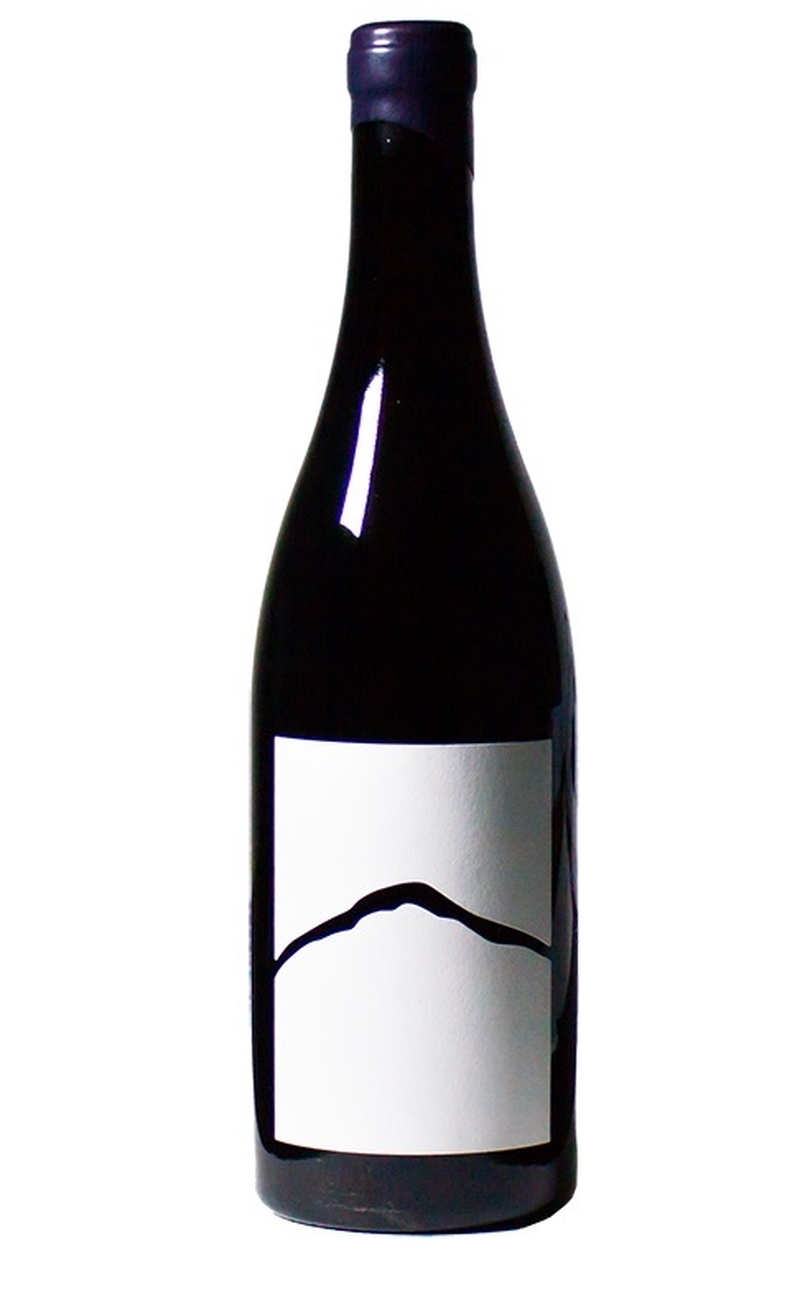
What’s your favourite grape?
Savagnin is a white mountain grape from Le Jura in France. Intensely mineral, sometimes almost salty and hazelnutty with a little bit of hay, but with a direct energy and the focus of a blade.
Your favourite food and wine match?
Savagnin with Comté cheese.
Who has been your most inspirational influence?
The most inspirational figures in the wine world are the winemakers themselves. All the ones we work with do not only make beautiful and lively wines but they are engaged politically in the natural protection of their region. Plus my colleagues at WTLGI are so passionate and dedicated, too.
Where The Light Gets In, 7 Rostron Brow, Stockport SK1 1JY





